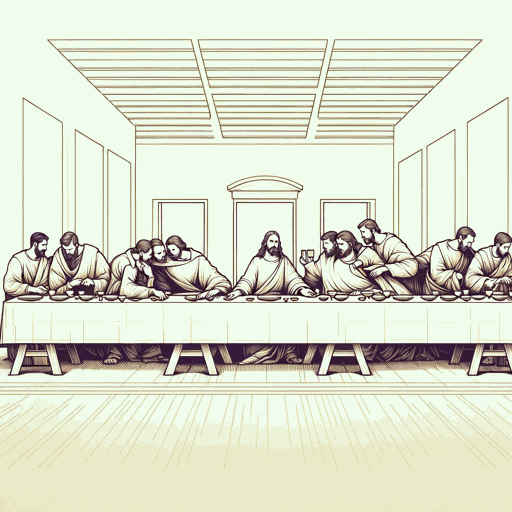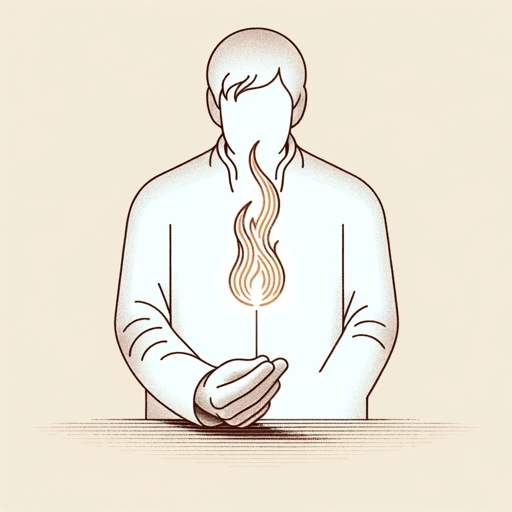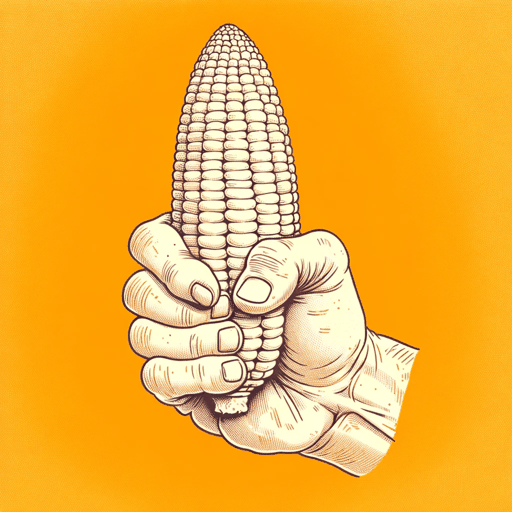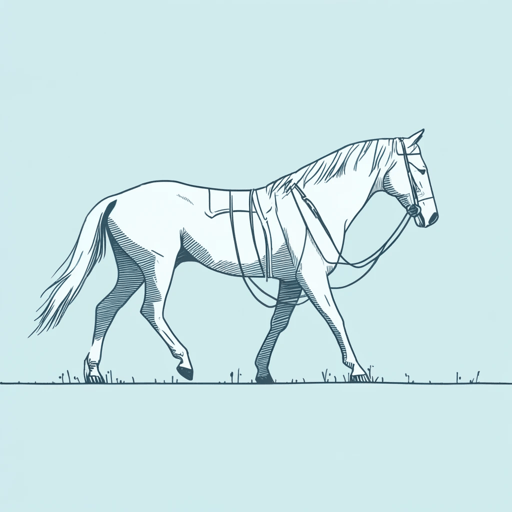90 pages • 3 hours read
William FaulknerAs I Lay Dying
Fiction | Novel | Adult | Published in 1930A modern alternative to SparkNotes and CliffsNotes, SuperSummary offers high-quality Study Guides with detailed chapter summaries and analysis of major themes, characters, and more. For select classroom titles, we also provide Teaching Guides with discussion and quiz questions to prompt student engagement.
Themes
Rural Women of the Twenties’ Lack of Autonomy, Duty to Family, and Exhaustion
The novel sets up the consistent idea that motherhood is a sacrifice of self that culminates in exhaustion and the wish for an early death. The protagonist, Addie, believes that after she has given Anse five children—four legitimate and one illegitimate—she has done her duty by him and life, and “could get ready to die” (107).
Addie is not alone in being what Anse repeatedly terms a “well and hale” countrywoman who survives the toil of farm life in addition to multiple childbirths, and then suddenly dies (22). Vernon Tull relates that his own mother died similarly:
[N]ever a sick day since her last chap was born until one day she kind of looked around her and then she went and taken that lace-trimmed nightgown she had had forty-five years and never wore out of the chest and put it on and laid down on the bed and pulled the covers up and shut her eyes (17).
At this point, Tull’s mother said she was tired, then she died. The ceremony of putting on an unworn decorative nightgown and going to bed in daytime enables Tull’s mother to find an autonomy in dying that eluded her in a life devoted to the care of others.
Related Titles
By William Faulkner

Absalom, Absalom
William Faulkner

A Fable
William Faulkner

A Rose for Emily
William Faulkner

Barn Burning
William Faulkner

Dry September
William Faulkner

Go Down, Moses
William Faulkner

Intruder In The Dust
William Faulkner

Light in August
William Faulkner

Sanctuary
William Faulkner

Spotted Horses
William Faulkner

That Evening Sun
William Faulkner

The Bear
William Faulkner

The Hamlet
William Faulkner

The Reivers
William Faulkner

The Sound and the Fury
William Faulkner

The Unvanquished
William Faulkner

